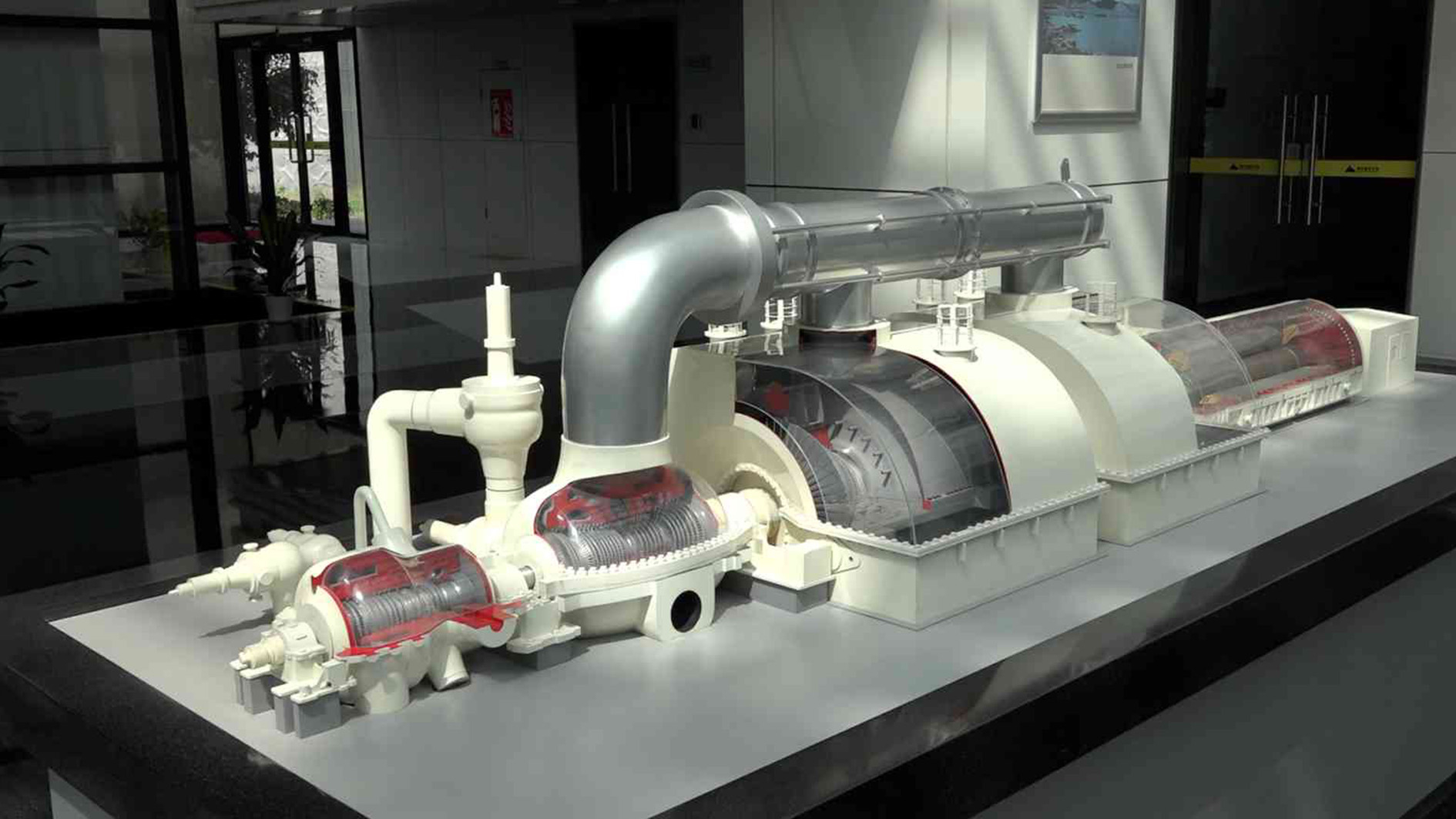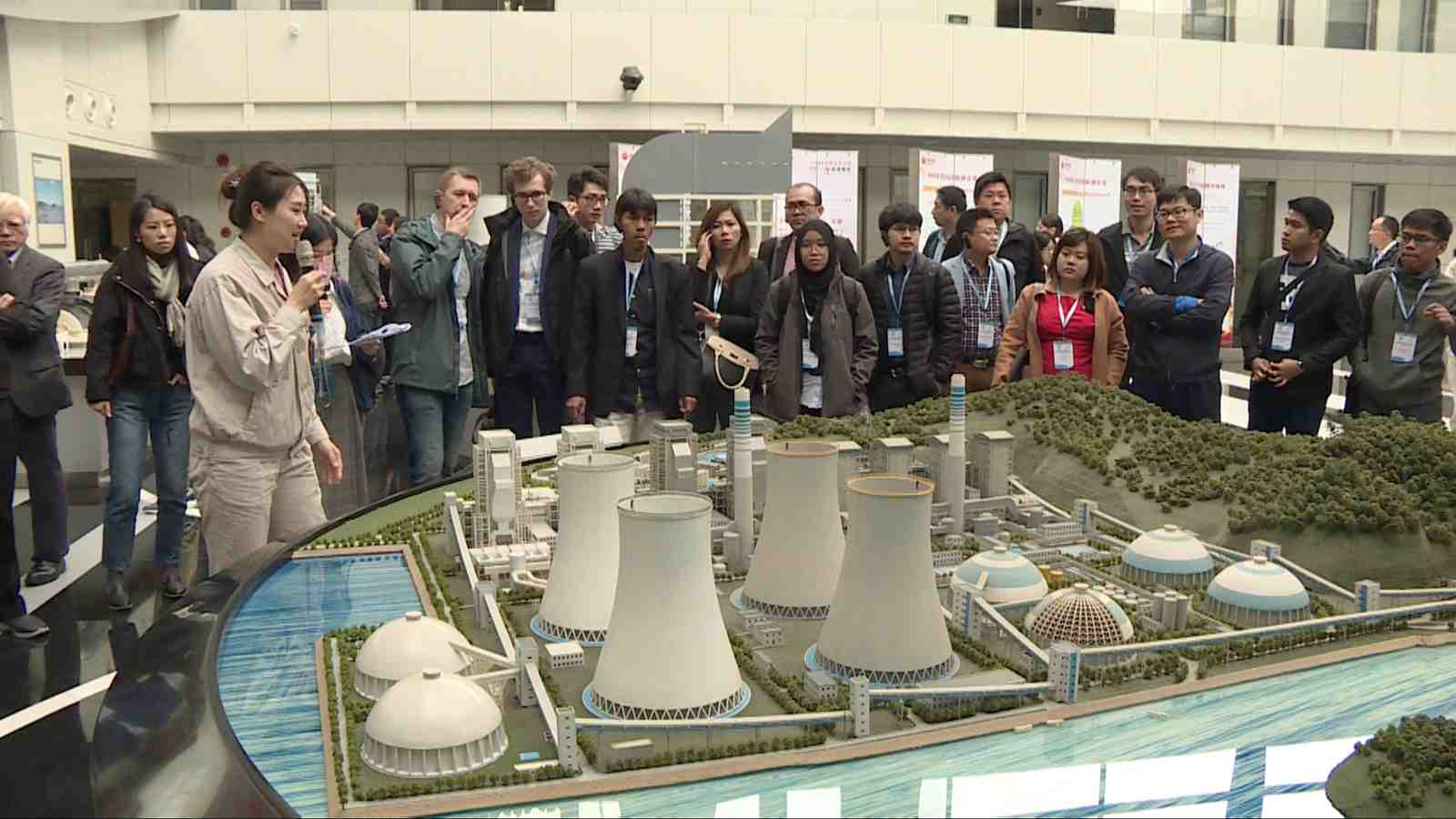
Technology
13:56, 12-May-2019
Clean coal helps APEC economies address energy issues
Updated
19:39, 12-May-2019
By Ning Hong
03:44

Coal is one of the world's major energy sources. However, it's also one that's synonymous with pollution and emissions.
Researches have for years been looking to see if it can be used in a clean and environmentally-friendly way.
Can we in some way reduce the harmful pollutants that coal produces? The answer is yes.
This is Ninghai Power Plant in east China's Zhejiang Province.

Ninghai Power Plant. /CGTN Photo
Ninghai Power Plant. /CGTN Photo
It's one of the world's first power plants to adopt ultra critical coal-fired power generation technology, which helps the plant greatly reduce its dirty pollutants and emissions.
More than two-thirds of the coal produced in the Asia-Pacific region is used in power generation. China has historically been a major contributor to that.
By last October, three-quarters of its coal-fired power plants had reached the very strict emissions standards set by the government.
"When you look at the development work to make power plant more efficient, some of the most innovative and exciting work is going on in China," said Dr. Andrew Minchener OBE, general manager of Clean Coal Center from the International Energy Agency.
"China has the toughest emission standard in the world and most power plants in China could meet it. Others failing to meet it are being closed down. So I see China as a role model in many respects," he added. "And now China is willing to share the technologies and policies that it has adopted with other economies across the world."
"You have five power companies, each has very good technologies now. I think on the clean coal technology side, they are now nearly the best in the world, " said Mike Ando, Researcher from Japan Coal Energy Center.
Through the APEC sustainable energy center in Tianjin. member economies are now learning from China.
"Fourteen APEC economies are having over 50 percent of coal-fired power consumption. They need to use coal in a clean and efficient way, APSEC as an APEC research center has the responsibility to provide technical training as knowledge sharing," said Zhu Li, director of APSEC.
Working with China Energy, the country's largest energy group, APSEC established a joint operation center on clean coal technology – the CCT center – last year, helping to promote technology transfer in this area.

CCT Working Group in east China's Zhejiang Province. /CGTN Photo
CCT Working Group in east China's Zhejiang Province. /CGTN Photo
"CCT Center summed up the best Chinese experience on CCT, and compiled textbook, we hope to share information with APEC economies, and also hope to get their requirement and development on CCT development. The aim is to increase energy efficiency and reduce air pollution in the APEC region," said Yu Zheng, director of CCT Joint Operation Center.
The ultimate goal is to achieve sustainable development right across the region.
"For promoting the low emission coal technology to the world, as the Chinese have right now. I think that will change coal emissions on a global scale, not only in South East Asia or the Asia Pacific," said Tananchai Mahattanachai, senior geologist of Office of Fossil Energy from Thailand.
China is also working to reduce the costs associated with coal-fired power plants.
The potential is massive because both the costs and the emissions are lower for coal in terms of power generation than for the likes of gas.
(Cover: Structure of Power Unit in Ninghai Power Plant. /CGTN Photo)

SITEMAP
Copyright © 2018 CGTN. Beijing ICP prepared NO.16065310-3
Copyright © 2018 CGTN. Beijing ICP prepared NO.16065310-3